— 10 min read
BIM’s Role in Risk Mitigation: Strategies for Success


Last Updated Jun 9, 2025

Connor Christian
BIM Operations Manager
Connor Christian is a licensed professional engineer in Minnesota with 20 years of experience in construction, consulting, and software development. He holds a degree in engineering and focuses on integrating new technology into daily practice. Connor specializes in developing tools and processes for partners and clients, ensuring the use of the latest methods. His expertise spans transportation, buildings, and water management, and he actively contributes to BIM standardization through involvement with organizations like AASHTO and buildingSMART.

Kacie Goff
Contributing Writer
87 articles
Kacie Goff is a construction writer who grew up in a construction family — her dad owned a concrete company. Over the last decade, she’s blended that experience with her writing expertise to create content for the Construction Progress Coalition, Newsweek, CNET, and others. She founded and runs her own agency, Jot Content, from her home in Ventura, California.
Last Updated Jun 9, 2025
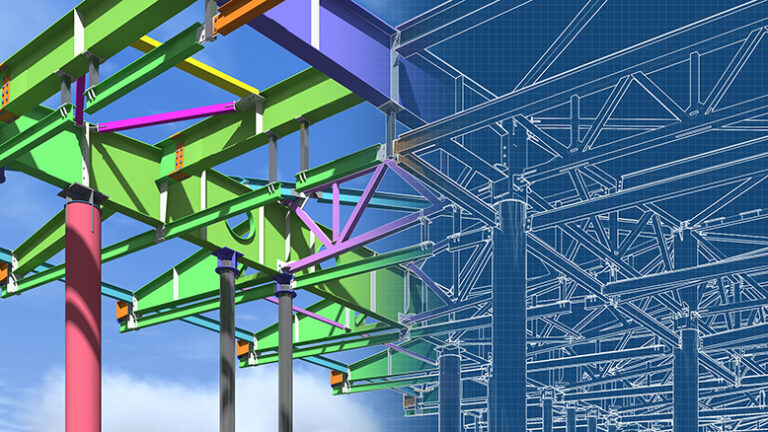
Building information modeling (BIM), has been touted as a way to deliver a broad range of wins on any construction project. It supports stronger planning and smoother collaboration. It provides a valuable tool teams can handover to owners to support the building through its lifecycle. It also serves as a way to proactively manage risk.
The way BIM gets used in risk mitigation varies from company to company and project to project. Because the 3D model and its attached processes can be applied in so many different ways, a near-endless number of use cases exist. If a design or construction firm is trying to manage a certain risk, BIM can likely be applied to help.
That said, using BIM for effective risk mitigation requires a strong model that’s strategically deployed. Just throwing BIM at a problem usually won’t solve it. As a result, stakeholders need to look for reliable, repeatable BIM processes to most effectively offset risk.
Table of contents
Risk Mitigation Use Cases for BIM
Teams who want to use BIM for risk mitigation can see meaningful improvement by applying the model and its processes in the following ways.
For any particular risk you might have, you’re probably going to be able to, in some way, mitigate it through the use of a 3D model because you're affecting your process. By improving your process, hopefully you're going to be mitigating your risk.

Connor Christian
BIM Operations Manager
Kiewit
Clash Detection and Resolution
Clash detection is a spatial coordination effort. When teams undertake this in the 3D virtual environment of BIM, it gets easy to see where solids collide or where clearances fall short. In fact, many BIM platforms automate the work of clash detection.
That makes clash detection an effective BIM risk mitigation process at multiple points in any project. When used during design, clash detection builds in constructability checks.
It again proves valuable once specialty contractors are on board. BIM provides a way to compare shop models and coordinate them to a very fine level of detail.
Throughout the design and construction, built-in or adjacent BIM technology can also give teams a way to track and resolve clashes.
Scope Creep Prevention
Scope creep is pervasive in the construction industry, and is a leading contributor to cost overruns.
On design-build projects, latency creates creep. Design might issue a set of drawings, tasking the contractor with pricing them. Even as that pricing effort happens, though, design continues. The next set of issued drawings might require very different quantities. Since it’s not uncommon to go months between design packages, the creep might be significant.
With a model, though, all of this changes. As the design team updates the model, the contractor can regularly review the quantities. Tracking how they change over time helps to keep everyone informed — and ready to move forward.
Even with a traditional project delivery method, BIM helps teams track quantities and defend against cost overruns due to scope creep. Making a set of drawings readable (e.g., adding annotations and denotations of size) takes time. With a model, all of that data is already built in. That makes it easier for teams to evaluate quantities frequently — and, thanks to BIM software, potentially automatically. Any big changes in key quantities become obvious, and teams can spring into action to manage any adverse effects.
Improved Communication and Collaboration
Miscommunications on a project can introduce a number of risks, from insufficient alerts about safety hazards to cost overruns due to ordering the wrong material quantities. With BIM, though, all teams can collaborate on a single model — whether that’s a federated model or one created by a single team into which all other stakeholders buy in.
Either way, because there’s a centralized source of information, it helps to smooth communication and collaboration. Plus, because the model is 3D, it brings people into the conversation who might struggle to read 2D drawings. This is particularly helpful when it comes to owners.
When I was working with the United Brotherhood of Carpenters, I helped them to develop all of their training in the U.S. and Canada. As part of that whole training, we created a little game that actually used children's blocks. We would call two teams up: We'd give one a set of drawings, and we would give the other an iPad with a 3D model on it.
And all they were supposed to do is construct a very simple construction of these kids' blocks. And without a doubt, every time, the team with the 3D model beat the team with the drawings. It was just much easier to move that model around and see what you need it put in place
Connor Christian
BIM Operations Manager
Kiewit
Safety Hazard Prevention
BIM can prove useful in a number of ways when it comes to preventing injuries on the jobsite. Modeling a dangerous setting, for example, allows people to look at and better understand the hazards in advance. This way, when they experience that setting, they’re well-positioned to avoid risks.
Teams can also flag hazards in the model, alerting all parties to them. Using the model to plan safe work and virtually conduct safety audits protects workers.
BIM keeps teams safe in another way, too: by helping teams put quality work in place the first time around. Rework is directly connected to increased injuries. Data suggests that the risks of an accident during rework are one in four.
In the future, BIM could be even more useful here. If teams get a way to attach incident data to the model, they can identify trends as that data accrues. Much like safety glasses were implemented once enough data was collected about eye injuries, BIM data could help teams identify and implement better hazard prevention measures.
Reduction of Change Orders — and Resulting Delays and Cost Overruns
BIM gives teams a two-pronged approach to reduce the number of change orders on a project and the cost and schedule creep that often come with them.
First, BIM helps teams proactively plan the project. When used during preconstruction, it validates constructability in the design. It can make it easier to spot problems throughout design, from issues with the initial survey data to infeasibility in design elements. Resolving roadblocks in the digital space is faster, cheaper and easier than the alternative — and helps to lessen the need for change orders.
Then, on the jobsite, BIM again serves as a useful change order reduction tool. Because it communicates the overall intent of the design and shows how elements need to fit together, it supports proper installation. By preventing the need for rework, it helps to prevent resulting change orders.
If you institute a BIM process on a project, you're going to see two things happen. You're going to see — if you record them — quality incidences decrease. You're also going to see cost increase due to change order decrease.
These are two very reliable metrics of a mature BIM process.
Connor Christian
BIM Operations Manager
Kiewit
Regulation and Code Compliance
Every project comes with a set of construction standards, including local building codes. Some BIM platforms can automatically check the model against codes and regulations, flagging any potential problems so teams can correct them. Other solutions won’t allow model elements to be placed out of alignment with code (e.g., a user will be unable to put a sink too close to a toilet).
As a result, BIM lowers the risk of the project being planned or constructed in a non-compliant way. Because permitting generally adds a hefty chunk to the schedule, avoiding problems here helps mitigate the risk of delays.
Best Practices in BIM for Risk Mitigation
Like any tool, BIM is only useful when wielded well. To see the best risk mitigation results here, teams should take strides to do the following.
Evaluate and protect model health.
Inaccurate data in the model doesn’t just make BIM less useful. It can lead to incorrect work and resulting delays, cost overruns or both. Teams should take the time to validate the data in the model. They should also evaluate if all of the data in the model is truly necessary. A bloated model takes longer to open, burning valuable time — and diminishing buy-in from users. Teams need a clean, trustworthy model to see the best risk mitigation outcomes with BIM.
Work toward model consistency across projects.
When model data is healthy and formatted the same way from project to project, teams gain additional ways to offset risk by analyzing data across projects. Identifying areas for improvement — from recurring safety incidents to supply chain problems — helps them see even more risk mitigation gains from their healthy models. When those lessons-learned are incorporated into standard operating procedures (SOP), they become a particularly powerful way to offset risk.
Make the right data accessible.
Construction professionals know the importance of providing the right tool for the job. The model is no different. If a rebar installer comes in and can’t see from the model how far apart to space components of the cage, the model is of very little use to them. BIM needs to deliver the information people need to do their jobs — and that’s particularly true when bringing the model to the field.
Standardize contract language.
If different teams provide different types of BIM data, formatted differently, it’s going to do very little to align the project and mitigate risk. Resources like the National BIM Standard-United States® (NBIMS-US™) from the National Institute of Building Sciences (NIBS) can help teams create standardized language to include in their contracts. As an added benefit, standardized BIM contract language helps offset risk at closeout, too. If the contract clarifies who owns the model and which parties can use it in specific ways, it all but eliminates the risk of disputes here.
Manage technology fatigue.
BIM technologies have been exploding. While more resources might be welcome, the pace at which teams are expected to adopt new tools can be exhausting. Beyond that, the rapidly expanding tech environment lures companies into the common pitfall of assuming a new solution can solve their problems. Actually, though, issues with BIM often lie with the company’s process, not with any specific technology it has chosen to use. To support individual team members in successful, sustainable BIM usage, companies should create BIM SOPs, troubleshooting issues that commonly arise as they create that documentation.
Stay updated on what’s happening in construction.
Subscribe to Blueprint, Procore’s free construction newsletter, to get content from industry experts delivered straight to your inbox.
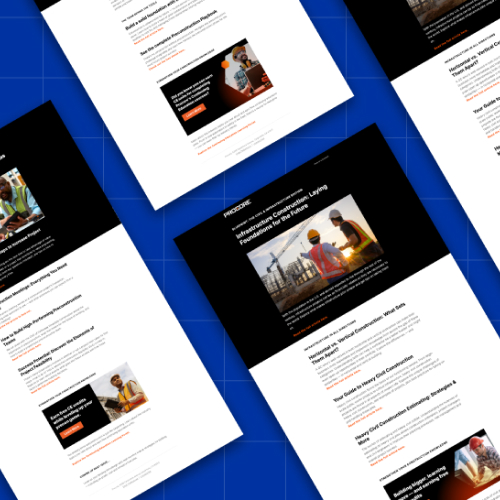
Expanding Potential for Risk Management With BIM
BIM has a lot of fairly obvious value-adds, including easier project visualization and clash detection. Using it for risk management, though, requires teams to proactively and strategically engage with the model.
The more they do that, the more risk management will likely unlock. For example, some teams now deploy the model in the field using augmented reality (AR) in an effort to offset risk and support quality work. As BIM-AR use cases expand, it can help to manage some of the most challenging parts of any construction project. Take locating and avoiding strikes of underground utilities as an example. Modeling those utilities and showing teams where they are through AR could make strikes a thing of the past.
The data behind models is richer than anywhere else that we actually work with in construction. And the data analytics, if you're able to aggregate that information, is very powerful.
It can help you do pretty much anything in terms of trying to predict what's going to happen later… That’s what construction has been since the beginning of time: trying to understand what you did in the past in order to predict what you're going to do in the future. And that way you get a good price and get to win the job.
Connor Christian
BIM Operations Manager
Kiewit
That’s not to say that companies need to use new technology like AR to get risk management benefits from BIM, either. At any stage of BIM maturity, the model offers a place where a wide range of project data lives. Information about estimates, quantities, the schedule, productivity and more can be attached to the model. Because that model serves as a digital representation of the work that was put in place, it’s a valuable postmortem tool.
When teams take all of the data that exists in models, then aggregate and normalize it, they get a way to understand what they’ve done in the past and predict what they’ll do in the future. For risk identification and mitigation, this is invaluable.
Was this article helpful?
Thank you for your submission.
0%
0%
You voted that this article was . Was this a mistake? If so, change your vote
Scroll less, learn more about construction.
Subscribe to The Blueprint, Procore’s construction newsletter, to get content from industry experts delivered straight to your inbox.
By clicking this button, you agree to our Privacy Notice and Terms of Service.
Thank you!
You’re signed up to receive The Blueprint newsletter from Procore. You can unsubscribe at any time.
Categories:
Written by

Connor Christian
BIM Operations Manager | Kiewit
Connor Christian is a licensed professional engineer in Minnesota with 20 years of experience in construction, consulting, and software development. He holds a degree in engineering and focuses on integrating new technology into daily practice. Connor specializes in developing tools and processes for partners and clients, ensuring the use of the latest methods. His expertise spans transportation, buildings, and water management, and he actively contributes to BIM standardization through involvement with organizations like AASHTO and buildingSMART.
View profile
Kacie Goff
Contributing Writer | Procore Technologies
87 articles
Kacie Goff is a construction writer who grew up in a construction family — her dad owned a concrete company. Over the last decade, she’s blended that experience with her writing expertise to create content for the Construction Progress Coalition, Newsweek, CNET, and others. She founded and runs her own agency, Jot Content, from her home in Ventura, California.
View profileExplore more helpful resources
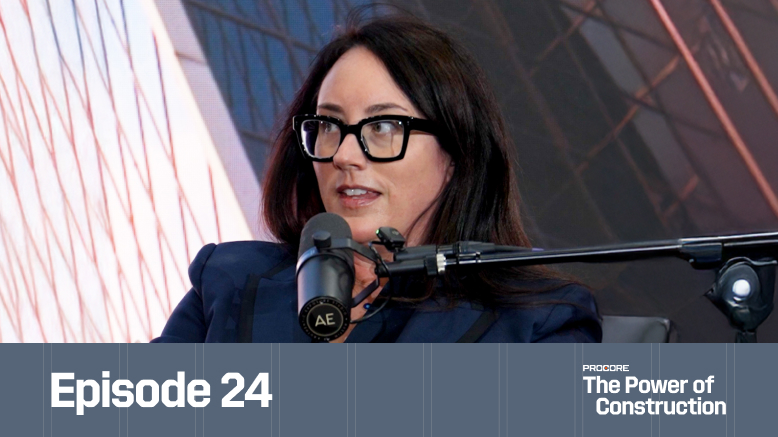
How Are Partnerships in Construction Being Redefined?
In a market where cost, speed, and quality are table stakes, owners are demanding more than projects delivered on time and on budget. They want trusted partners who bring strategy,...
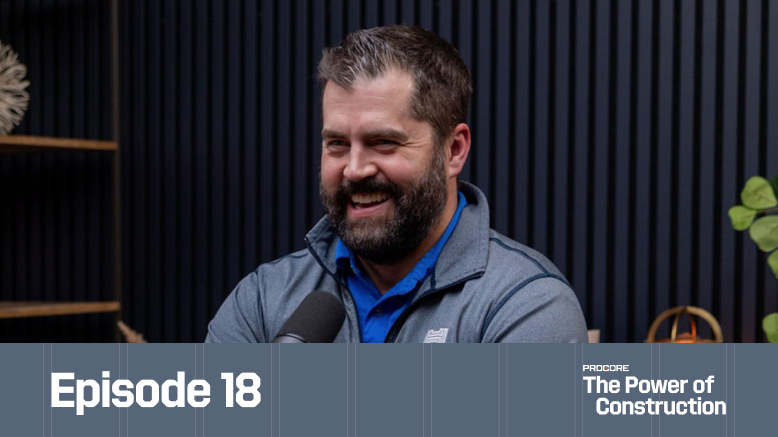
How Close Are We to Bridging the Design-Build Divide?
For decades, construction decisions have often been made based on gut instinct. But what if the real barrier to transformation isn’t technology—it’s the divide between design and construction? In episode...
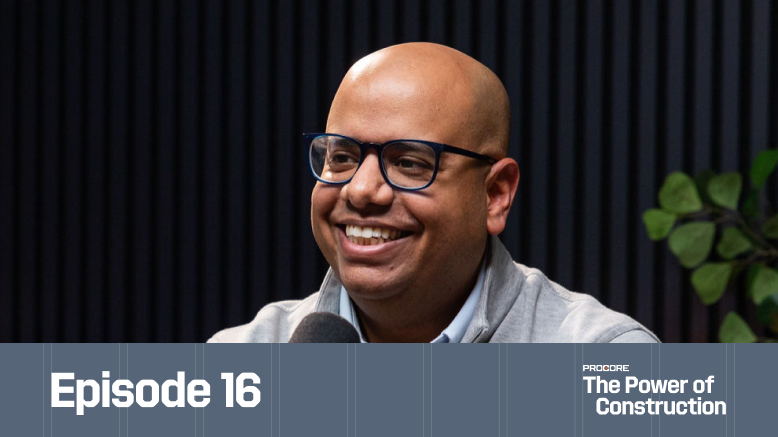
Will AI Replace ‘Paperless Builders’—or Redefine Them?
How can artificial intelligence enhance rather than replace human expertise in construction? In Episode 16, Hamzah Shanbari, Director of Innovation at Haskell and author of “The Paperless Builders,” reveals how...

Building Intelligence: How AI & Data Are Rewiring Construction for the Digital Age
As data center construction surges to meet the demands of AI, cloud computing, weekend streaming binges and real-time digital services, the pressure being put on builders by owners has reached...
Free Tools
Calculators
Use our calculators to estimate the cost of construction materials for your next project.
Templates
Find a template to help you with your construction project tasks.
Material Price Tracker
Get the latest U.S. retail prices and view historical trends for common building materials.
Glossary
Explore key terms and phrases used in the industry.
